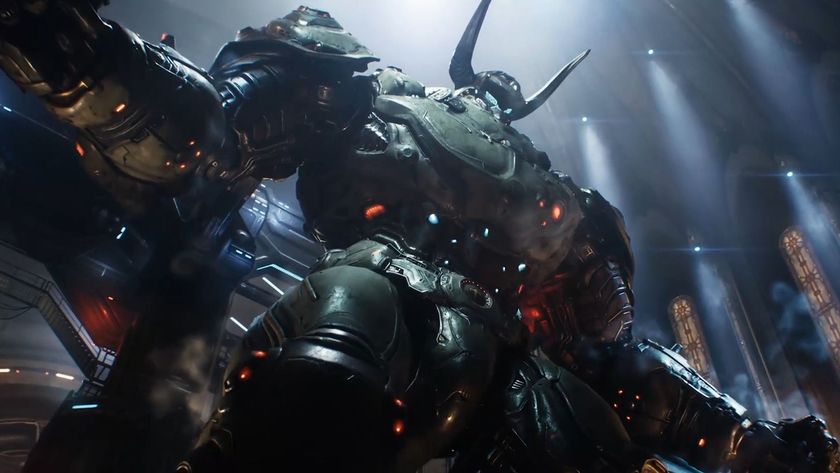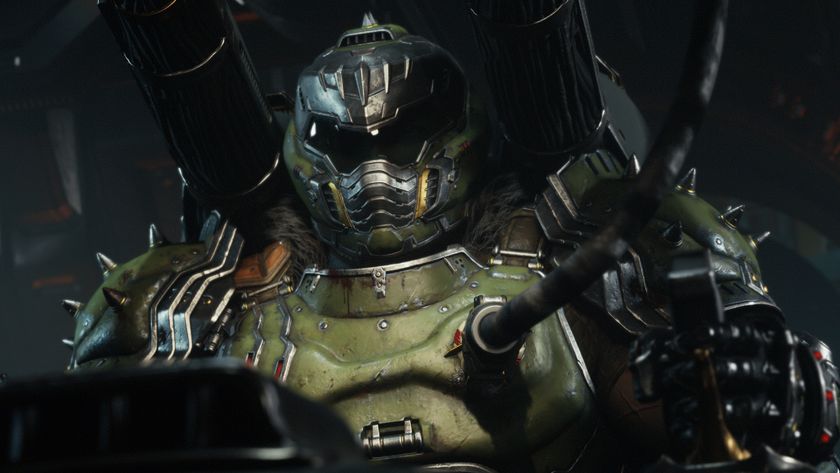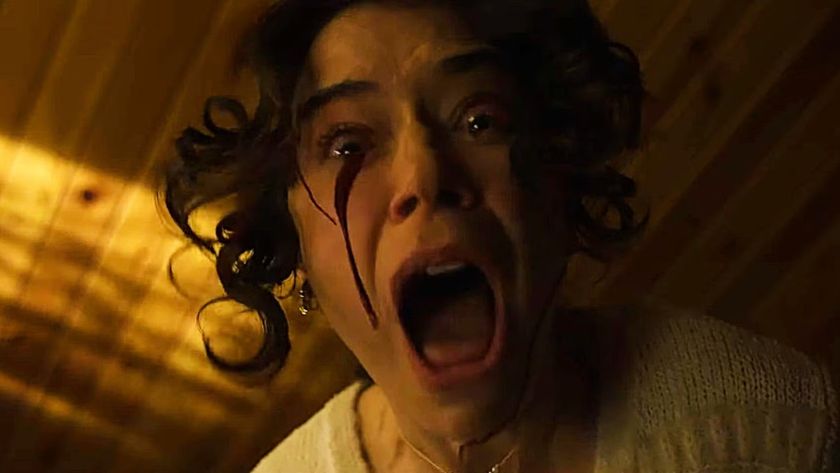Division 2 crafting guide - materials, blueprints, credits and more explained
Crafting in The Division 2 is about knowing where to find what you need and when to put it all together
Division 2 crafting is a hugely important component of the game, especially when you reach the endgame and you want to craft some of those lovely Division 2 Exotics. It also gives you the ability to shape and tune your character, as long as you have enough blueprints and crafting material. Crafting in The Division 2 isn't explained to you outright, so let us do that with our complete Division 2 crafting guide.
Division 2 tips | Best Division 2 skills | Best Division 2 perks | Division 2 Hyena Key locations | Division 2 Dark Zone Keys | How to level up fast in The Division 2 | Division 2 masks | Division 2 Ivory Keys | Division 2 Dark Zone guide | How to unlock the Dark Zone in The Division 2 | Division 2 crafting guide | Division 2 specializations | How to unlock specializations in The Division 2 | Division 2 dyes | Division 2 mods | Division 2 map | Division 2 printer filament | Division 2 bounties | Division 2 builds | Division 2 Snitch Cards | Division 2 hidden side missions | Division 2 Exotics | Division 2 endgame | Division 2 exotic holster
How to unlock crafting in the Division 2
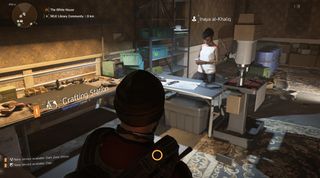
To unlock crafting in The Division 2 you'll have to complete the Grand Washington Hotel story mission you receive from the Theatre settlement. Doing that will let you recruit Inaya al-Khaliq who'll relocate to the White House and becomes the crafting person. To find her, look on the ground floor of the White house to the left and left again after you pass Quartermaster Coop Dennison.
When is the best time to craft in The Division 2
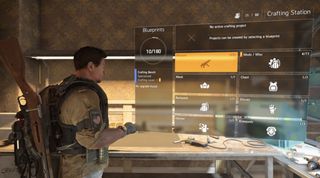
You can get some good gear by crafting in The Division 2 that will give items with higher stats than you currently have. However, it's at the level 30 cap and the endgame where crafting really becomes a big deal. Mainly because while you are still levelling up anything you do craft will quickly be overtaken as you progress. Plus the crafting resources can be put to much better use with things like helping settlements to gain XP and speed up levelling.
So it's best to wait until you reach the level cap where crafting becomes a viable way to improve your gear and enhance your character. By that time you'll also have better blueprints, and rarer materials dropped by late game high level enemies.
What do you need to craft in The Division 2
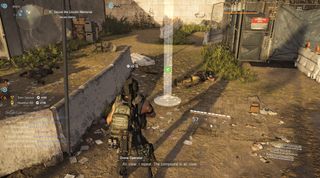
Crafting in The Division 2 requires the following things:
- A blueprint
- Division Credits
- Materials
All of these things are, for the most part, found in the world as you play, complete missions and kill enemies.
Where to find crafting materials in The Division 2?
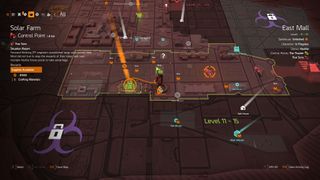
You'll find a lot of materials dropped in the world as you play the Division 2. You can also get some things by deconstructing weapons, armor and junk you no longer need. As rule you'll get the following most commonly from breaking these things:
- Weaponry - deconstructs to give you receiver components
- Gear - deconstructs to give you protective fabric
- Mods - deconstruct to give you printer filaments
You will also occasionally get ceramics, steel, and polycarbonate from deconstructing loot, but that's rare and you'll find far more in the world.
Certain factions tend to drop different loot as well so if you need a specific thing you can target a group to increase your chances of getting it.
- Hyenas - drop polycarbonate generally and also electronics from high level enemies.
- True Sons - drop steel, and carbon fiber from higher level enemies.
- Outcasts - drop ceramics, and titanium from stronger members.
In the late stage you'll also start to find new and rarer crafting materials. Things like Richter & Kaiser GmbH Shielding, Providence Defense Grade 3 Fibers, and Pistol Trigger and Mechanisms. These are dropped by elite enemies, so those with yellow health bars and names. You can also get them from high level yellow equipment if you're prepared to destroy it.
Get more Crafting gear with the Deconstruction perk
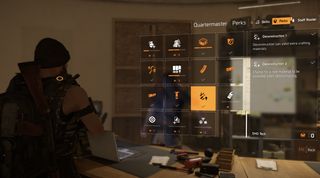
If you're going big on crafting in The Division 2 then you really need to unlock both levels of the Deconstruction perk from the Quartermaster in the White House. The first level increases the materials you get from breaking up gear, while the second level increases the chance of getting higher level, rare materials.
How to get crafting blueprints in The Division 2

Unlike materials, blueprints generally drop from specific missions, side missions and events in the world. You can see the rewards being offered by selecting the mission on the map. So if crafting is your thing, check out everything you can do to see what blueprints you can unlock before setting off.
How to get Division Credits for crafting
To craft anything you also need money to pay for it, in this case Division credits. You get these as you play, and you get more the later into the game you get. It's another reason why it's best to hold back on crafting initially.
Prior to level 30 the best way to get Division credits is by selling unwanted gear, although that could be better used by deconstructing for materials, or donating to settlement projects for extra XP. You can also earn some Division credits by completing Ubi Club challenges found in the progression menu.
Once you reach the endgame though selling gear and grinding will see the credits roll in. At that point the thousand plus cost of crafting good stuff suddenly stops being a problem and you can craft away.
Sign up to the 12DOVE Newsletter
Weekly digests, tales from the communities you love, and more

I'm GamesRadar's Managing Editor for guides, which means I run GamesRadar's guides and tips content. I also write reviews, previews and features, largely about horror, action adventure, FPS and open world games. I previously worked on Kotaku, and the Official PlayStation Magazine and website.
